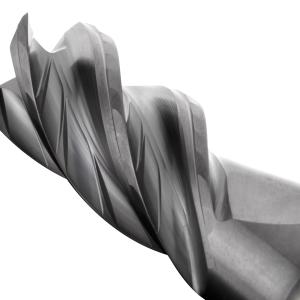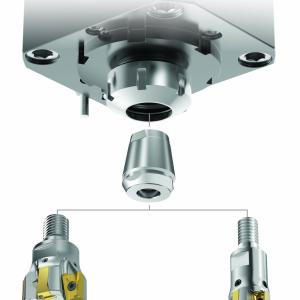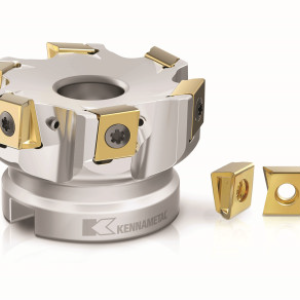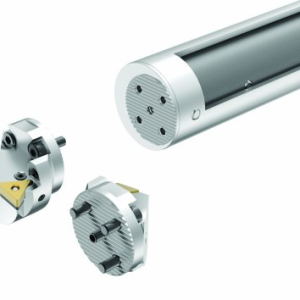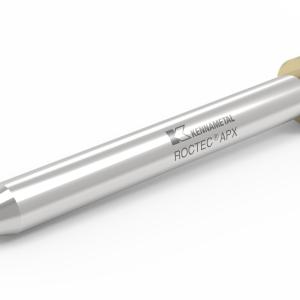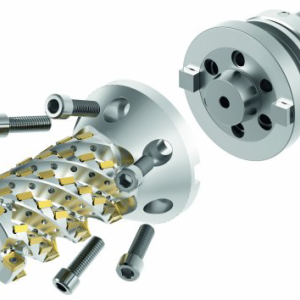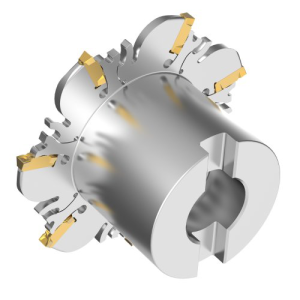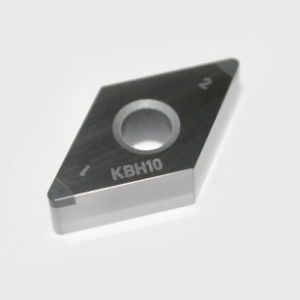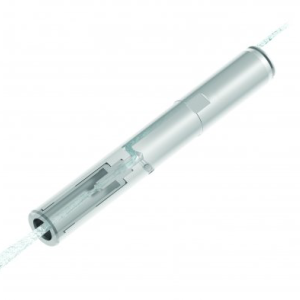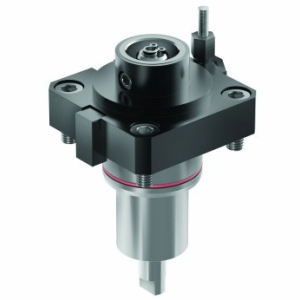Contact Details
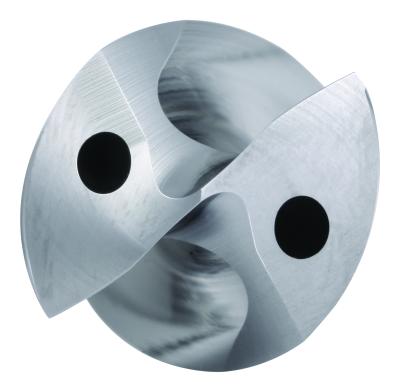
Kennametal introduced another high-performance cutting tool, the B21*SGL solid-carbide drill with through-coolant. Designed for stainless steel, nickel and cobalt-based alloys, the B21*SGL with patented point geometry and monolayer PVD AlTiN coating, delivers improved productivity and longer tool life for aerospace and energy applications requiring predictable, high-production drilling.
“In customer tests, the B21*SGL consistently outperforms competing drills, producing more holes in less time, with improved hole straightness and surface quality. The new design virtually eliminates the risk of chipping and flaking that lead to drill failure. And thanks to a unique point gash, it offers the lowest thrust level on the market, enabling productive drilling even in delicate workpiece geometries”, said Frank Martin, product manager, solid-carbide drills.
One of the problems with these materials is their tendency to stick to the cutting tool, leading to built-up edge and corner chipping. The B21*SGL’s proprietary gash geometry, polished cutting edge, negative rake corner margin and “chip-friendly” flute design mitigates these effects, while encouraging chip evacuation and reducing cutting forces. Add to that Kennametal’s extremely wear-resistant, high aluminum content KCMS15 grade and you have a drill that not only makes more holes per tool but does so quickly and predictably.
“A number of our customers have seen tool life improve by two to six times in a variety of challenging materials, even after increasing feed rates by up to 50% in some cases,” Martin said.
Holemaking is a critical machining process, especially so for those producing turbines. Because the drilling operation typically comes near the end of the production cycle, when workpieces are at maximum value, a broken drill can damage or even destroy components worth tens of thousands of dollars.
“This new solid-carbide drill will bring incredible value to anyone needing to drill large numbers of holes in Inconel, titanium, PH-series stainless steels, and other heat-resistant superalloys. Especially relevant to aerospace manufacturers, given the tremendous pressure to ramp up production of the LEAP aircraft engine program,” said Matthieu Guillon, key account manager, aerospace.
Related Glossary Terms
- alloys
alloys
Substances having metallic properties and being composed of two or more chemical elements of which at least one is a metal.
- built-up edge ( BUE)
built-up edge ( BUE)
1. Permanently damaging a metal by heating to cause either incipient melting or intergranular oxidation. 2. In grinding, getting the workpiece hot enough to cause discoloration or to change the microstructure by tempering or hardening.
- feed
feed
Rate of change of position of the tool as a whole, relative to the workpiece while cutting.
- physical vapor deposition ( PVD)
physical vapor deposition ( PVD)
Tool-coating process performed at low temperature (500° C), compared to chemical vapor deposition (1,000° C). Employs electric field to generate necessary heat for depositing coating on a tool’s surface. See CVD, chemical vapor deposition.
- rake
rake
Angle of inclination between the face of the cutting tool and the workpiece. If the face of the tool lies in a plane through the axis of the workpiece, the tool is said to have a neutral, or zero, rake. If the inclination of the tool face makes the cutting edge more acute than when the rake angle is zero, the rake is positive. If the inclination of the tool face makes the cutting edge less acute or more blunt than when the rake angle is zero, the rake is negative.
- stainless steels
stainless steels
Stainless steels possess high strength, heat resistance, excellent workability and erosion resistance. Four general classes have been developed to cover a range of mechanical and physical properties for particular applications. The four classes are: the austenitic types of the chromium-nickel-manganese 200 series and the chromium-nickel 300 series; the martensitic types of the chromium, hardenable 400 series; the chromium, nonhardenable 400-series ferritic types; and the precipitation-hardening type of chromium-nickel alloys with additional elements that are hardenable by solution treating and aging.
- superalloys
superalloys
Tough, difficult-to-machine alloys; includes Hastelloy, Inconel and Monel. Many are nickel-base metals.

